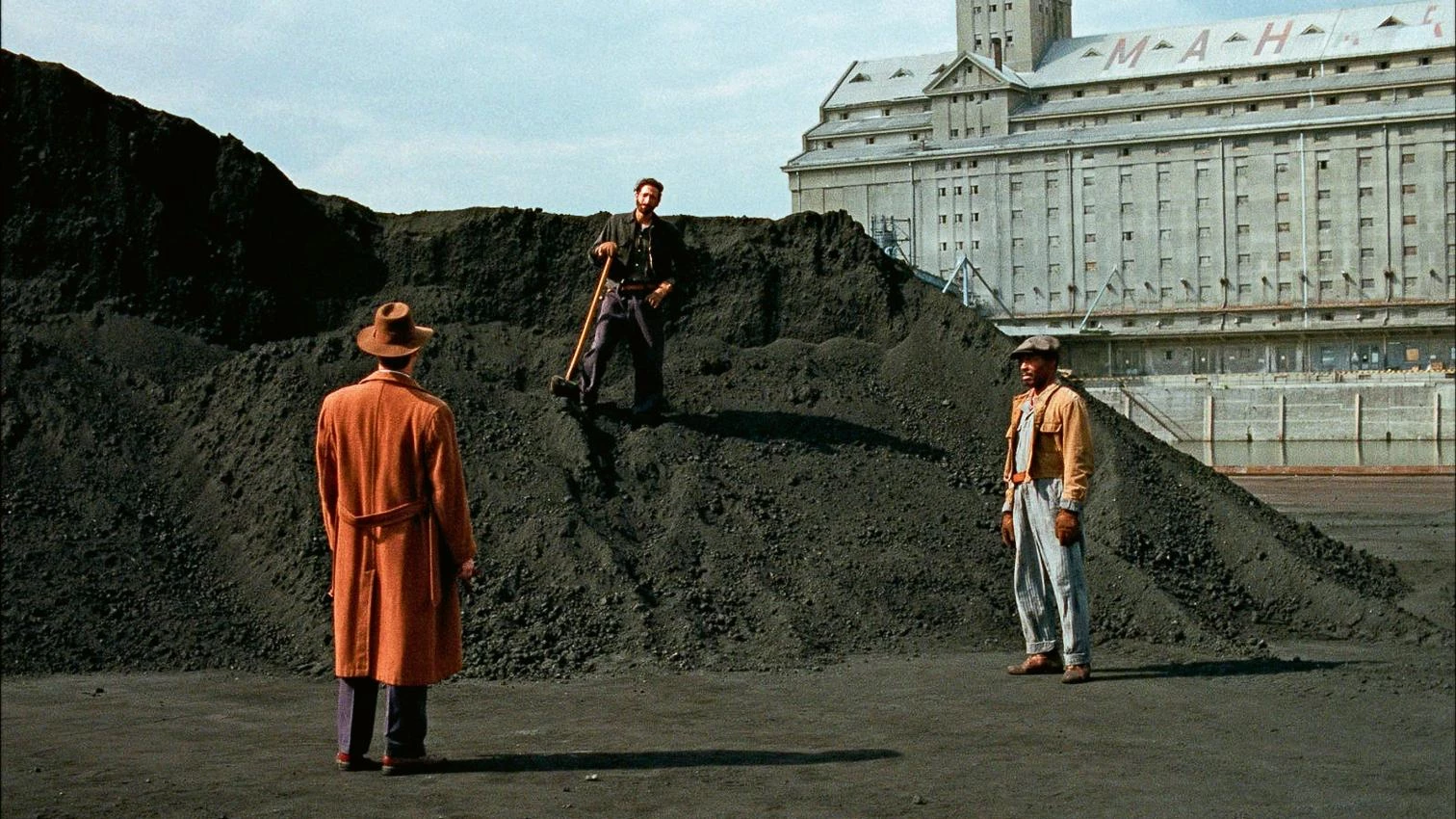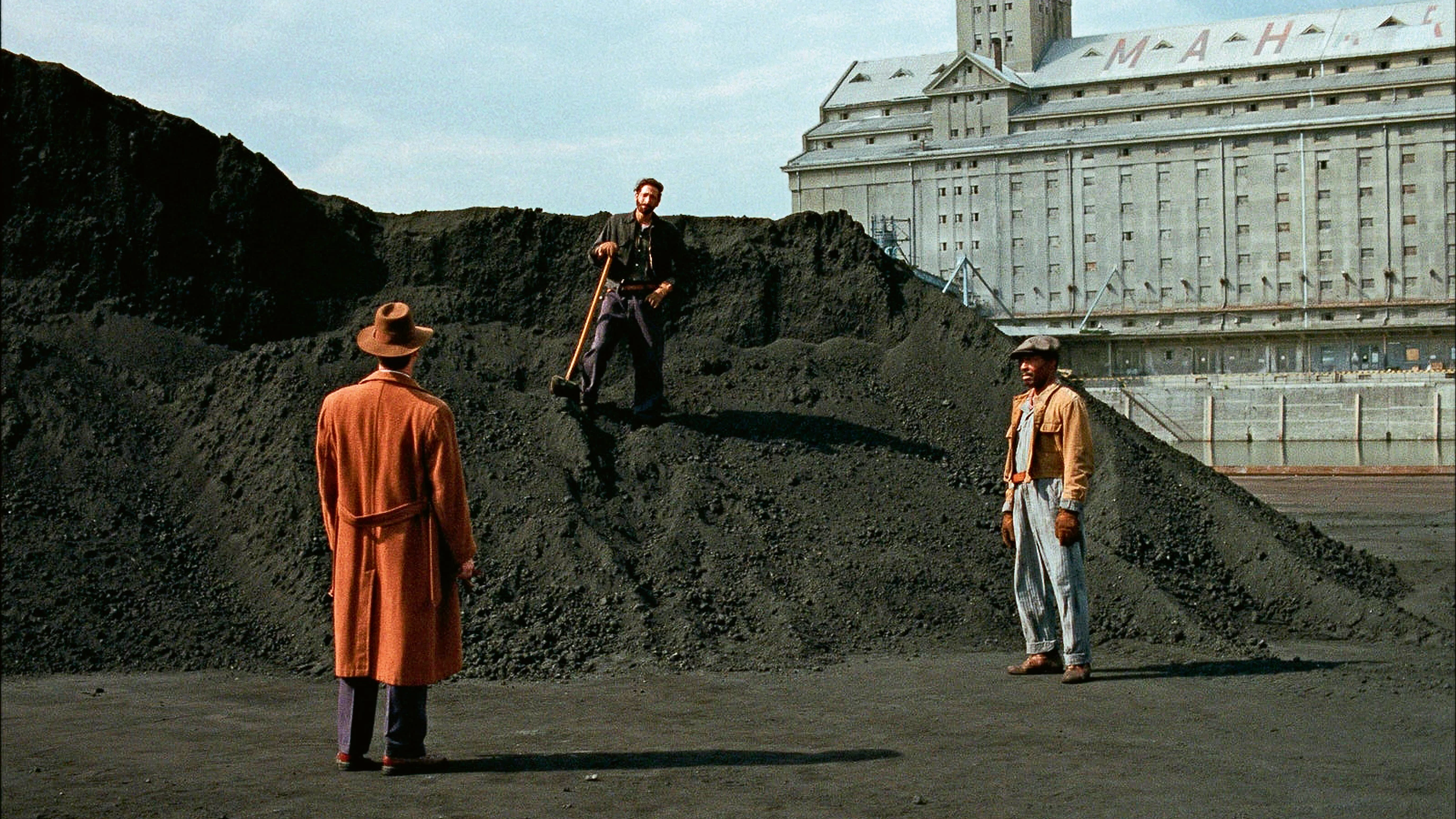
The actor-turned-filmmaker Brady Corbet garnered the Silver Lion for Best Director
It does not often happen that an artistic work imposes itself on the viewer as a masterpiece from the very moment it is first shown. For example, those who first laid eyes on Las meninas did not understand why most of the canvas was blank; another canvas in reverse. And it is practially a given that any essentially modern work, because it breaks the rules of the natural habitat it comes from, is received with stones. Let’s say that in most cases, time is what adjusts the pieces, rearranges the canon, and most importantly, opens eyes. Casablanca (the most beloved movie ever, said Billy Wilder) is first and foremost a contradiction, a whim where all the world’s coincidences happened. Nothing turned out as planned, and the ending has prevailed as the essence of the classic. And The Godfather was for its author a concession that did away with all his dreams of revolution, to eventually be seen as the only possible and necessary revolution.
No need to panic. The Brutalist is neither Casablanca nor The Godfather. And unless we’re getting high on spritz, any comparison with Las meninas is exactly that, alcohol-induced (even though the celluloid canvas does appear reversed and takes up everything). And it has nothing to do with them, especially because Brady Corbet’s new film feels like a revelation from the start. And surprisingly, to boot. Remember that this director was first an actor, and that to date, all he can show for to prove his worth as an author are two interesting films, disconcerting and anomalous albeit highly debatable. Both The Childhood of a Leader (2015) and Vox Lux (2018) exemplify his need to impress, to say something very loud if not new. And of course some may find it noisy.
His new work is another attempt to draw attention. It lasts three hours and a half, with a 15-minute intermission, and regardless of cost it is filmed in 70 mm, in VistaVision format. A system patented by Paramount Pictures in the 1950s, which refined the quality of emulsion after setting the 35 mm negative horizontally. Hitchcock used it in a good share of his pictures of the period, raising it to the status of myth in Vertigo. And yet, despite what could have passed for mere fireworks, the initial surprise was soon joined by depth, emotion, rupture, and plain beauty. Also vertigo.
It tells of an architect who flees from Europe of the Bauhaus for a North America in full swing of development. From fascism to capitalism. Adrien Brody is the man who presents himself as the counter-image of the individualist hero brought to life by Gary Cooper in The Fountainhead, directed by King Vidor in 1949. That was an exaltation of brutally Nietschean thinking, as presented by the novel and philosophy of Ayn Rand. The Brutalist, in contrast, is a reflection on the havoc wrought by all ideologies focused on the individual. It is essentially a humanist film, espousing the common, the social, that which belongs to all, the small.
In the course of the first half, up to the intermission, the character László Toth (pure fiction, as the director took pains to stress) arrives in a country that promises everything. His family has been left behind, as has the memory (in the flesh) of Nazi extermination camps. In the land of promise, a tycoon commissions him to build the work of his life. The outcome is an imposing, brutal temple of concrete (brutalism therefore) that in its gigantism is able to contain the diminutive, the eternal, the everyday. And along that line flows a film that is provocatively monumental, yet sensitive to each and every one of the small fevers that shape what is most intimate about the protagonist architect and about all of us.
In the second part, his wife finally joins him. She’s on a wheechair, making an entire continent’s wounds hers to wear on her skin. Sounds tremendous, which it is. What follows is a story of struggle and survival, of love for art as the only space for salvation and condemnation, reinvention and death.
The Brutalist comes alive on screen in a contradictory state of wary exaltation, like a dream right before waking up, like a sad revelation. Brutal, brutalist. Accustomed as we are to camera movements in today’s cinema, which are as free as they are arbitrary, and to sets halfway between functional and plain unnecessary, both the image and the sound (the soundtrack literally drills through every sequence) assert themselves as eminently moral. We were saying that the celluloid is present in film like the huge canvas that appears in Las meninas. And this is because the reflection that is always active in Corbet’s work involves the actual mechanism of the representation, the relationship between that which is being represented on the one hand, and reality on the other, between what’s being told and what in fact is there, between truth and falsehood. This is a moral and pressing matter.
The movie takes us on a journey to the remote past in the radical sense (through the actual narrative and through the format used), intending not to construct or invent a piece of archaeology, but to lay before us a work that appeals to an urgent present. Yesterday’s fascism is today’s, and the capitalism of then devours as much, and as anxiously, as that of nowadays. Memory matters, historical and visual alike, as does the lucid moment sustained for over three hours by a work that is highly personal because it is everyone’s story.
Surely the Mostra wanted some irrefutable Lion, and did get one. An instant masterpiece.






